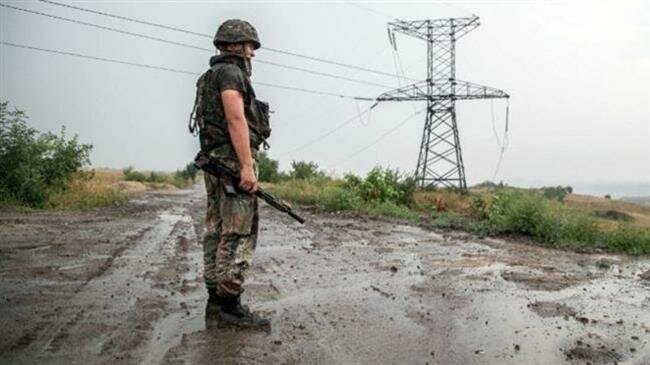Ukraine army, pro-Russia forces start withdrawing from east
The Ukrainian army and pro-Russian forces have started withdrawing from an important front line area in the country’s volatile east as part of a deal to end their long-running conflict in the region.

The process of troop withdrawal began by both sides in the area of Zolote-4 in the Lugansk region Tuesday, Ukraine’s army said on Facebook.
Monitors from the Organization for Security and Cooperation in Europe (OSCE) confirmed the move.
The withdrawal is a precondition for the first meeting in years between Russian President Vladimir Putin and his Ukrainian counterpart Volodymyr Zelensky in an effort to revive a stalled peace process for the region.
Back in September, Zelensky said his government had prepared a roadmap with clear deadlines to be discussed with the leaders of Russia, Germany and France for implementing a peace deal in eastern Ukraine.
He hoped the new roadmap would be discussed at a meeting in the so-called Normandy format “in the nearest future.”
“I think that we did a lot to bring about the Normandy (summit),” Zelensky told the Interfax-Ukraine news agency, referring to the name given to the internationally-mediated talks.
Since taking office in May, Zelensky has started exploring the possibility of talks with his Russian counterpart to resolve the conflict.
However, his efforts for new talks with Russia and his peace plan including the troop pullback have been strongly criticized by many in Kiev, especially war veterans and nationalists.
In early October, thousands of nationalists took to the streets in Kiev, to protest the government peace plan that would grant broader autonomy to self-proclaimed, pro-Russia territories in the country’s east.
The protesters claimed that agreeing to give broader autonomy to the regions in eastern Ukraine would mean surrendering the country’s interests.

Thousands protest government’s peace plan in UkraineThousands of protesters rally in Kiev to protest a government peace plan that would grant broader autonomy to self-proclaimed regions in the east.
Last week, the 41-year-old president was forced to personally travel to Zolote to persuade his nationalist critics not to stand in the way of the peace process.
“We have to look for ways and work to end the war,” Zelensky said Saturday during his trip to the village. “There will be no surrender in any case… I am sure we will succeed and Ukraine will be united again.”
The mainly Russian-speaking regions in eastern Ukraine have been the scene of five years of conflict, which has so far killed more than 13,000 people.
The armed confrontations began when a wave of protests in Ukraine overthrew a democratically-elected pro-Russia government and replaced it with a pro-West administration. The majority in those areas refused to endorse the new administration.
That new government then began a crackdown on the mainly ethnic Russians in the east, who in turn took up arms and turned the two regions of Donetsk and Lugansk — collectively known as the Donbass — into self-proclaimed republics.
Kiev, and its Western allies, accuse Moscow of having a hand in the crisis. Moscow, however, denies the allegations.
Relations between Moscow and Kiev further deteriorated when the Black Sea peninsula of Crimea rejoined Russia following a referendum in 2014. More than 90 percent of the participants in the referendum voted in favor of that unification.
Later in 2015, the two sides signed a ceasefire deal in the Belarus capital Minsk with French and German support, but both parties have on numerous occasions accused each other of violating the ceasefire.







